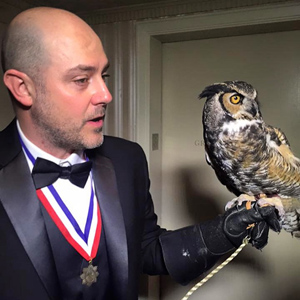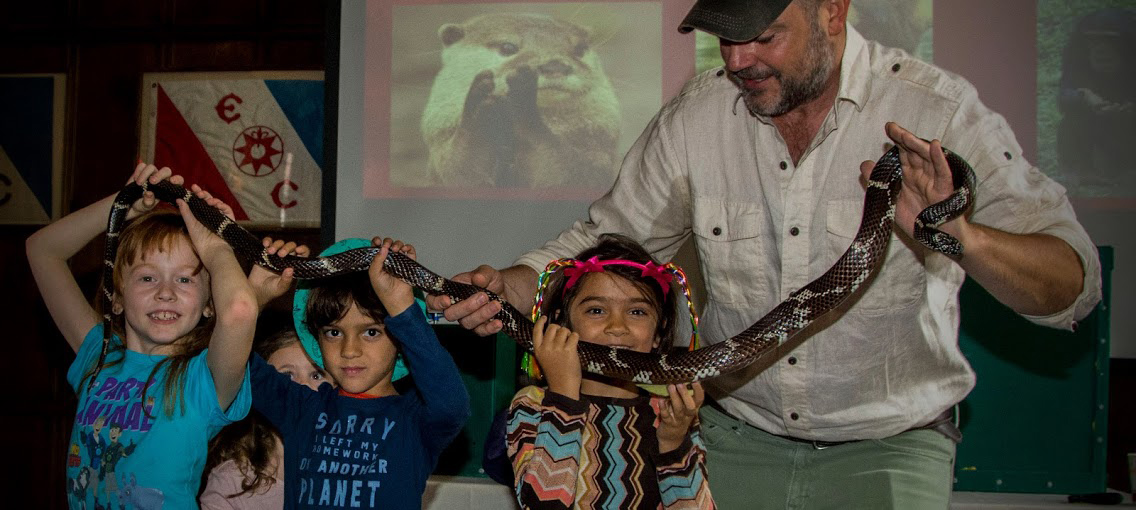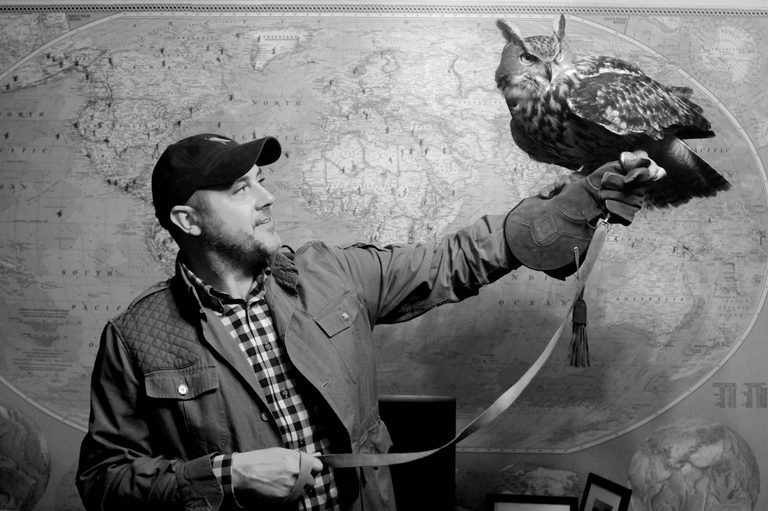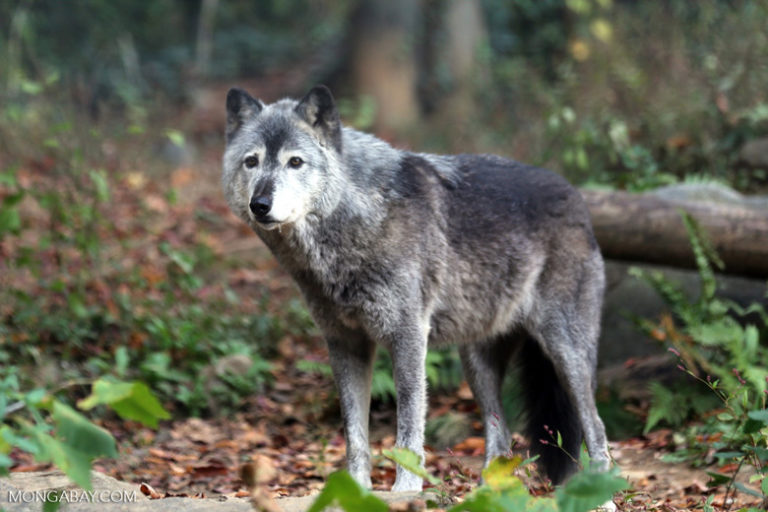- On March 11, 1967, 78 animals were added to the Endangered Species List following the passage of the Endangered Species Preservation Act of 1966.
- That legislation laid the groundwork for the Endangered Species Act, which was passed in 1969 and greatly strengthened in 1973.
- But with the new administration promising a roll-back of environmental regulations, there are concerns that protections for endangered species could suffer.
- J Mark Fowler, a wildlife advocate and filmmaker, says this development would be a tragedy for America and the world.
With little fanfare, America’s Endangered Species List turned 50 last weekend.
On March 11, 1967, 14 mammals, 36 birds, 22 fish, and 6 reptiles and amphibians were added to the list following the passage of the Endangered Species Preservation Act of 1966. That legislation laid the groundwork for the Endangered Species Act, which was passed in 1969 and greatly strengthened by Richard Nixon and a Democrat-controlled Congress in 1973.
Today more than 700 species of animals and 900 species of plants in the United States are listed under the Endangered Species Act. Another 673 foreign species are listed as threatened or endangered.
But with the new administration promising a roll-back of environmental regulations, there are concerns that protections for endangered species could be one of the early casualties.
J Mark Fowler, a wildlife spokesman and filmmaker who currently serves as Chairman of Wildlife & Conservation at the Explorers Club and Director of The Nature Initiative at Grace Farms Foundation, says this development would be a tragedy for America and the world.
Fowler told Mongabay during a March 2017 interview that wildlife protection is a bipartisan issue, with animals serving as an inspiration for children and adults alike.
AN INTERVIEW WITH MARK FOWLER
Mongabay.com: What is your background and how are you involved in wildlife conservation?
J Mark Fowler: I currently serve as Chairman of Wildlife and Conservation at the Explorers Club, and I am Director of the Nature Initiative at Grace Farms Foundation in New Canaan, Connecticut. My personal and professional mission is to preserve wildlife habitat, restore endangered species and inspire the public to explore and reconnect to the natural world.
I have been working with wildlife and educating the public about wildlife since I was a boy. I was lucky enough to have grown up being exposed to the most beautiful wildlife and wild places on the planet, while traveling with my father Jim Fowler, Host of Mutual of Omaha’s Wild Kingdom. We also have a wildlife preserve in Georgia, where I grew up around endangered species such as wolves, eagles, bears, and panthers, as well as African wildlife such as zebras, Eland antelope, and ostrich, among many others.
Since I have been able to grow up and be exposed to the most majestic and awe-inspiring wildlife on the planet, I have become a champion for endangered species preservation. Once you see the beauty of the natural world, you have to share that excitement with the public.
In order to advocate for wildlife and endangered species, I hosted a nationally syndicated wildlife TV series named Life in the Wild, which was Emmy-nominated, and I have produced National Geographic documentaries.
Today, most of the incredible animals that I grew up seeing in the wild, such as elephants, lions, rhinos, tigers, giraffes, cheetahs, gorillas and leopards, are all highly endangered and facing extinction, so I have focused my efforts on being a full time endangered species advocate and spokesperson for wildlife.
Mongabay.com: This past weekend was the 50th anniversary of the first Endangered Species List (ESL). Why was that such a big deal?
J Mark Fowler: The 50th anniversary of the Endangered Species List is so important because we as a nation finally realized that our most beautiful and majestic animals were on the verge of disappearing and we took action to save them. The bald eagle, gray wolf, Florida panther, grizzly bear, California condor, American alligator, and manatee among many others, were all on the brink of extinction due to habitat loss and unregulated hunting until Mar 11th, 1967 when we as a nation took action to save them by listing them on the first Endangered Species List (ESL).
Listing these animals as endangered species enabled them and their habitats to be protected from logging, mining, drilling, development and unsustainable hunting. In 1967 there were 78 animals listed on the ESL, and today there are over 1600 endangered animals and plants on the ESL. Since its inception 99 percent of the animals put on the Endangered Species List have been saved from extinction. It has been a major success in preventing extinction!
Because we took action 50 years ago and made endangered species preservation a priority, multiple generations since have grown up seeing our most beautiful and majestic animals come back from the brink and start to thrive again. If we hadn’t made endangered species preservation a national priority 50 years ago, all the generations since would have most likely been only able to see gray wolves, grizzly bear, bald eagles, red wolves and Florida panthers in old photographs.
Mongabay.com: What is your outlook for the Endangered Species Act, especially in the context of the current political climate?

J Mark Fowler: The Endangered Species Act is a groundbreaking law that had bipartisan support and was signed by Republican President Richard Nixon. The ESA has become a groundbreaking force for US and international wildlife conservation. In fact, the Endangered Species Preservation Act established the framework for the creation of the Convention on International Trade in Endangered Species (CITES), which affords 35,000 threatened and endangered species of plants and animals varying levels of protection worldwide. The U.S. is the leader in endangered species protection, recovery and reintroduction.
But major challenges lie ahead. Some of the most majestic animals on earth—both domestic and international—are still threatened with extinction.
Today, the Endangered Species Act itself is under major threat of becoming extinct. The new Congress and the Trump administration are calling for de-regulating, defunding, dismantling and even repealing the ESA, so that public lands and protected habitats can be opened up to oil, gas, mining, and logging.
Mongabay.com: Would gutting the ESA and other environmental regulations have impacts beyond the U.S. border?
J Mark Fowler: Gutting the ESA would have major ramifications domestically and internationally. The current Endangered Species List covers not only domestic wildlife, but it also governs and restricts the trade of rhinos, lions, elephants, cheetah, leopards, tigers and hundreds of other endangered species abroad. The ESA is the best and most wide-ranging tool internationally to protect the planet’s most beautiful species.
Mongabay.com: Why do you think wildlife conservation has become such a politicized issue when it still enjoys such wide public support?
J Mark Fowler: Today, the new Congress and the Administration are trying to deregulate protected public lands and wildlife habitats for short-term gains from oil, mining, gas, and logging extraction. This could heavily impact our national parks, forests, wildlife preserves, and national monuments. It makes exploitation of nature a higher priority than protecting wildlife, wilderness and the natural world for all of humanity. This runs completely against all recent polling, which shows that 9 out of 10 US citizens support the Endangered Species Act.
The reason wildlife conservation and endangered species preservation are so important to the public is that almost every child grows up loving animals and wildlife. Many kids want to be wildlife experts or veterinarians when they grow up. In fact more people go to zoos per year than all sporting events combined. This little-known fact shows that we as humans have an innate need to connect with wildlife and nature. This is particularly an issue in our modern society: we may be more connected digitally than ever, but we are more disconnected from the natural world than anytime in human history, so we need to continue to make endangered species preservation a priority so wildlife and their habitats are around for future generations.
Many biologists are calling the current age “the sixth mass extinction”. A human-caused worldwide extinction, due to habitat loss; damage from unregulated industry; pollution of land, sea, air and water; exploitation of wildlife; and the effects of climate change. The ESA is the most effective tool in stopping this mass extinction.
Mongabay.com: What can people do to help?
J Mark Fowler: What can you do? Get Involved: Vote, donate and volunteer in support the Endangered Species Act and preservation on a local, national and international basis. Engage with your local members of Congress and voice support for the Endangered Species Act.
How we treat nature, wilderness, wildlife, directly affects the quality of life for all humans on Earth. Help preserve the most beautiful and iconic species on the planet for future generations to come.




